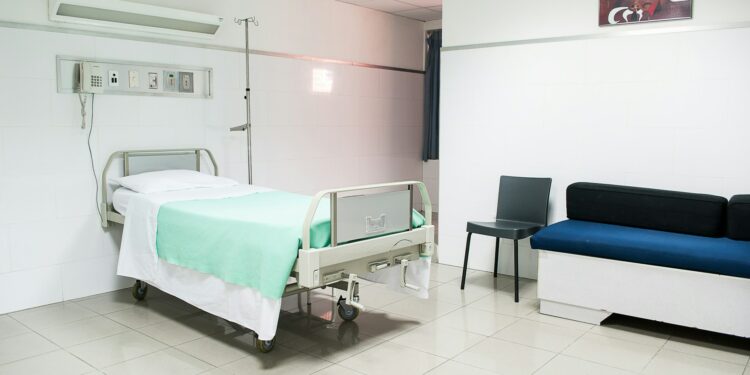Here’s how to avoid them.
A recent study conducted by the National Institutes of Health reveals an increase in hospital-acquired infections and a rise in antibiotic resistance. This research, covering data from 120 hospitals across the U.S. between January 2018 and December 2022, coincides with the COVID-19 pandemic. Dr. Nasia Safdar, an infectious disease specialist at the University of Wisconsin-Madison, explains the reasons behind the surge in infection rates and offers advice on how patients and visitors can minimize their risk.
Health care-associated infections are those contracted due to interactions with the healthcare system. Patients seeking medical care are often already in poor health, making them susceptible to infections from bacteria encountered during their hospital stay or shortly after discharge.
Hospitals and similar settings are prone to spreading infections due to the presence of bacteria that are often resistant to many standard antibiotics. Factors contributing to this include the vulnerability of patients, extensive use of antibiotics, and the presence of medical devices such as urinary and intravascular catheters. These conditions create an environment where resistant bacteria can thrive and spread.
To combat the spread of infections, hospitals and clinics need to focus on two main strategies: infection prevention and antibiotic stewardship. Effective infection prevention involves rigorous hand hygiene practices for both healthcare staff and patients, proper use of personal protective equipment (PPE) like gowns and gloves, and minimizing the use of invasive devices unless absolutely necessary.
Antibiotic stewardship is equally important, aiming to prevent the overuse of antibiotics. This strategy involves careful management of antibiotic prescriptions to reduce the risk of developing resistance. Together, these measures can help mitigate the risks associated with hospital-acquired infections and improve patient safety.

































Discussion about this post